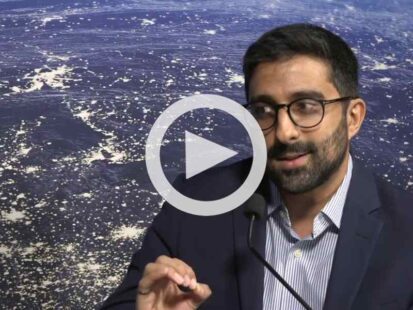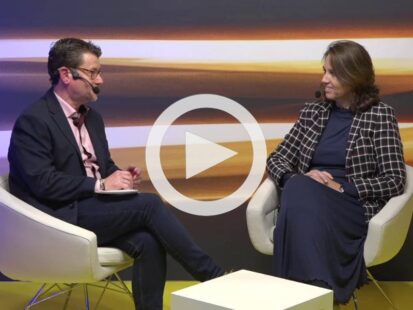
With upgrading and modernising the power grid system gaining increased importance and recognition as a non-negotiable for net zero, the question abounds: do we know what the future grid system will look like?
According to executives from across the energy sector, we don’t.
However, when asked the question at Enlit Europe 2023, it became clear that the complexity of the grid and the multiple stakeholders involved means that, although the answer is no, it is simultaneously not so simple.
Said Devrim Celal, CEO of Kraken, Asset & Optimization: “We have multiple views of what the future looks like and that’s the problem.
“Network operators will have one view, software companies will have another one and retailers another. We need a more unified approach to agree on what the future looks like and we need regulation that covers every side of the energy transition.
“Once we get to that point, I can then agree and say we do have a future view and a joint way of going about delivery.”
Have you read:
Investment needed to keep grid fit for purpose says Enel Grids boss
Unclogging the Dutch power grid with virtual power plants
Technology and targets
Agreeing with Celal on the idea of a unified front was Virgilio Bacigalupo, Head of Grid Software Southeast Europe for Siemens AGÖ, who said that although we don’t know what it will look like, we do know what it needs to look like.
The Siemens boss commented: “We know what the target is. What we need in 10 years is doubled capacity (…) that is what the grid will need to provide. So we pretty much know what the grid of the future will need to look like.
“What this means for grid planning, grid operation and grid maintenance,” he adds, “is a replacement of outdated methods.
“We will bring in new methods for operating, planning, maintenance, with artificial intelligence that will be generating the recommendations that today are being taken manually.
“That’s going to happen. We will need to move to a grid that is our domain, (that) can automatically reconfigure (…) especially when you go down in voltage level. This is something that we’ll be tracking over the next few years.
“Coming back to what (Devrim) was saying; we need to work together. Together we align behind these goals, meaning operators, consumers, suppliers, the regulators. And this is a super exciting future for all of us.
Know your challenges
And for Santiago Cascante, Chief Commercial Officer of Gridspertise, another element that is worth noting when it comes to the future grid is our knowledge of its challenges.
“We can agree on a few things: it’s going to be complex (…) demand will increase drastically, and it will be bidirectional, which is a huge challenge for us.
“We have some ideas of how to solve it; we need much more digitalisation. There will be such a massive amount of data that sometimes we may not know how to analyse.
“Whatever the problem is, decisions should take place, otherwise we know that it’s not going to be possible to operate (the grid) as we operate it today.”




